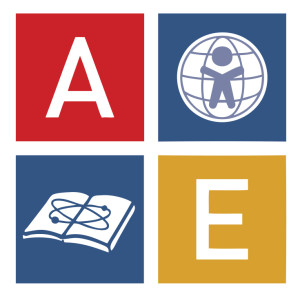Empowering Minds, Shaping Futures
German Resources
Willkommen!
(Welcome)
German language instruction is an integral part of our International Baccalaureate (IB) program. Students in kindergarten through fifth grade receive German instruction as a core subject that develops listening, speaking, reading, and writing skills. The program builds cultural awareness and supports multilingualism for all learners, integrating authentic language experiences and an age-appropriate curriculum to foster communication, comprehension, and appreciation of the German language.
Explore details about our German curriculum, engaging activities, helpful learning resources, and the rich cultural traditions we celebrate together.
Students
This site was created to bring our German resources together into one location to make it easier for students and parents to find answers to many German-program related questions.
Parents
Learning a new language should be an enjoyable and enriching experience for your child. It will however require extra work, effort and parent support. Please take a look at the grade level links on this portal to see what each grade level’s focus is in German language arts and see how you can best support your child in German.
We would love to hear from you. If you have any questions or ideas, please contact Katrin Goldman at kgoldman@aeacs.org
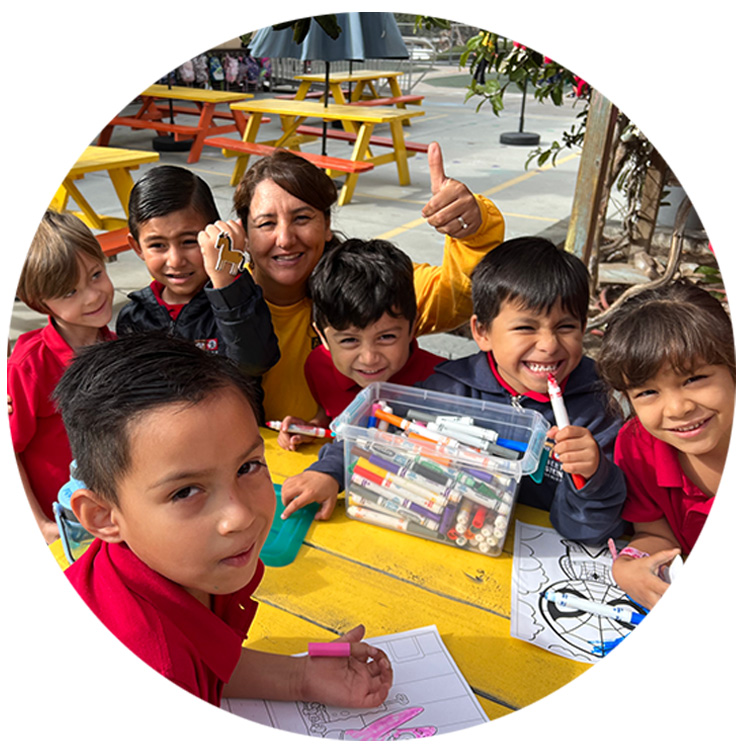
Our Educational Services
At AEA, we offer a range of services designed to enhance the educational journey of every student.
Play
Engaging German learning game websites that make practice fun and interactive.
Watch
A curated selection of recommended German movies and shows on YouTube, complete with English subtitles for accessible learning.
Read/Listen
A selection of recommended books and audiobooks, with access to reliable resources, for strengthening comprehension in German.
Our German Teachers
Kindergarten
KA/B/C/D: Frau Van Doren
KE: Frau Goldman
KF: Frau Holt
Musik: Frau Claudia
1st Grade
1A/B/C/E: Frau Kim
1D: Frau Tollison
1F: Frau Samuel
Musik: Frau Claudia
2nd Grade
2A/C: Frau Goldman
2B: Frau Rädle
2D: Frau Brown
2E/F: Frau Kim
Musik: Frau Claudia
3rd Grade
3A: Frau Von Nyssen
3B/C: Frau Schober
3D/E: Frau Saba
Musik: Frau Claudia
4th Grade
4A/B: Frau Heffley
4C: Frau Von Nyssen
4D/E: Frau Romero
5th Grade
5A/B: Herr Saba
5C: Frau Goldman
5D/E: Herr Huschke
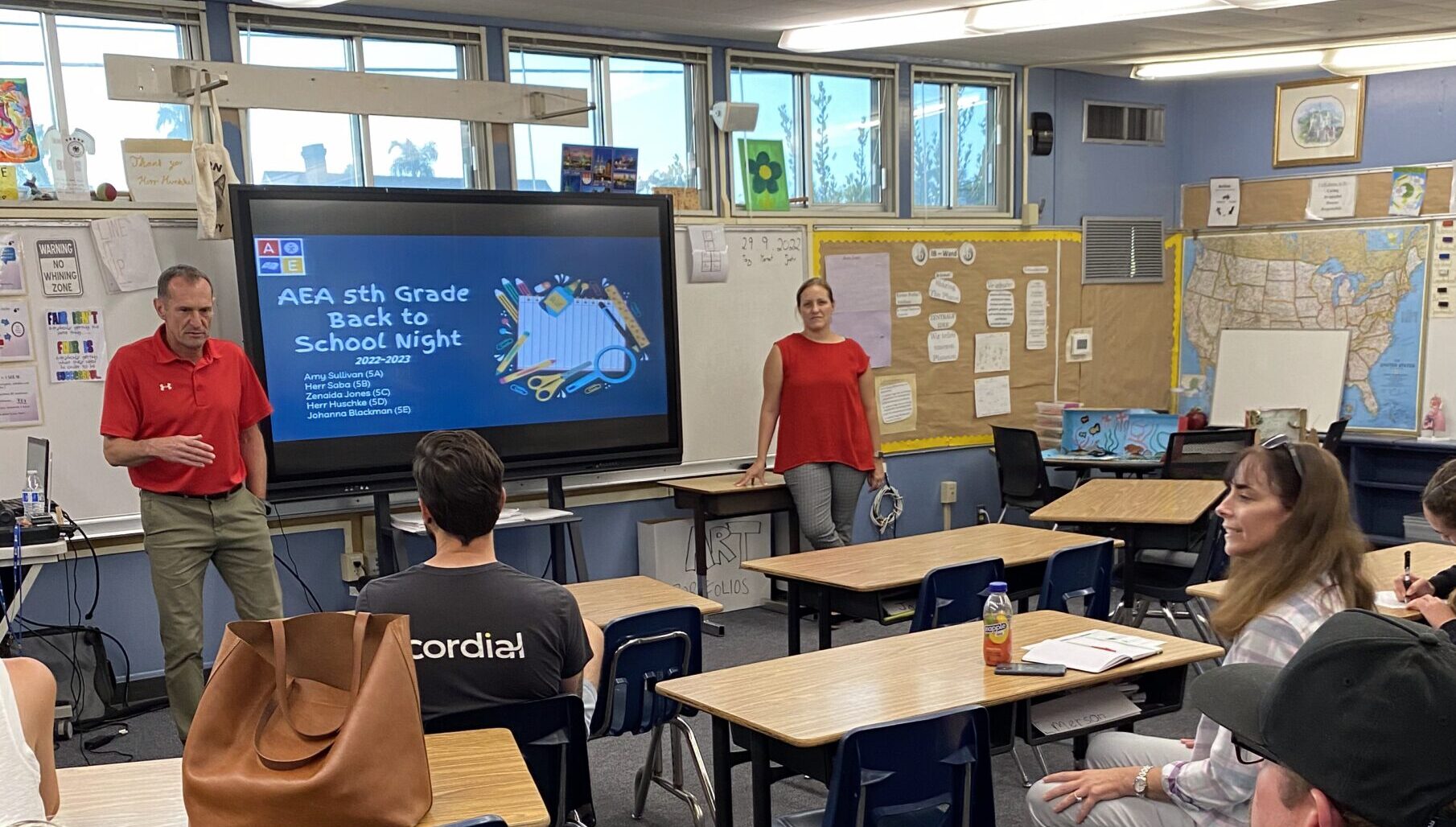
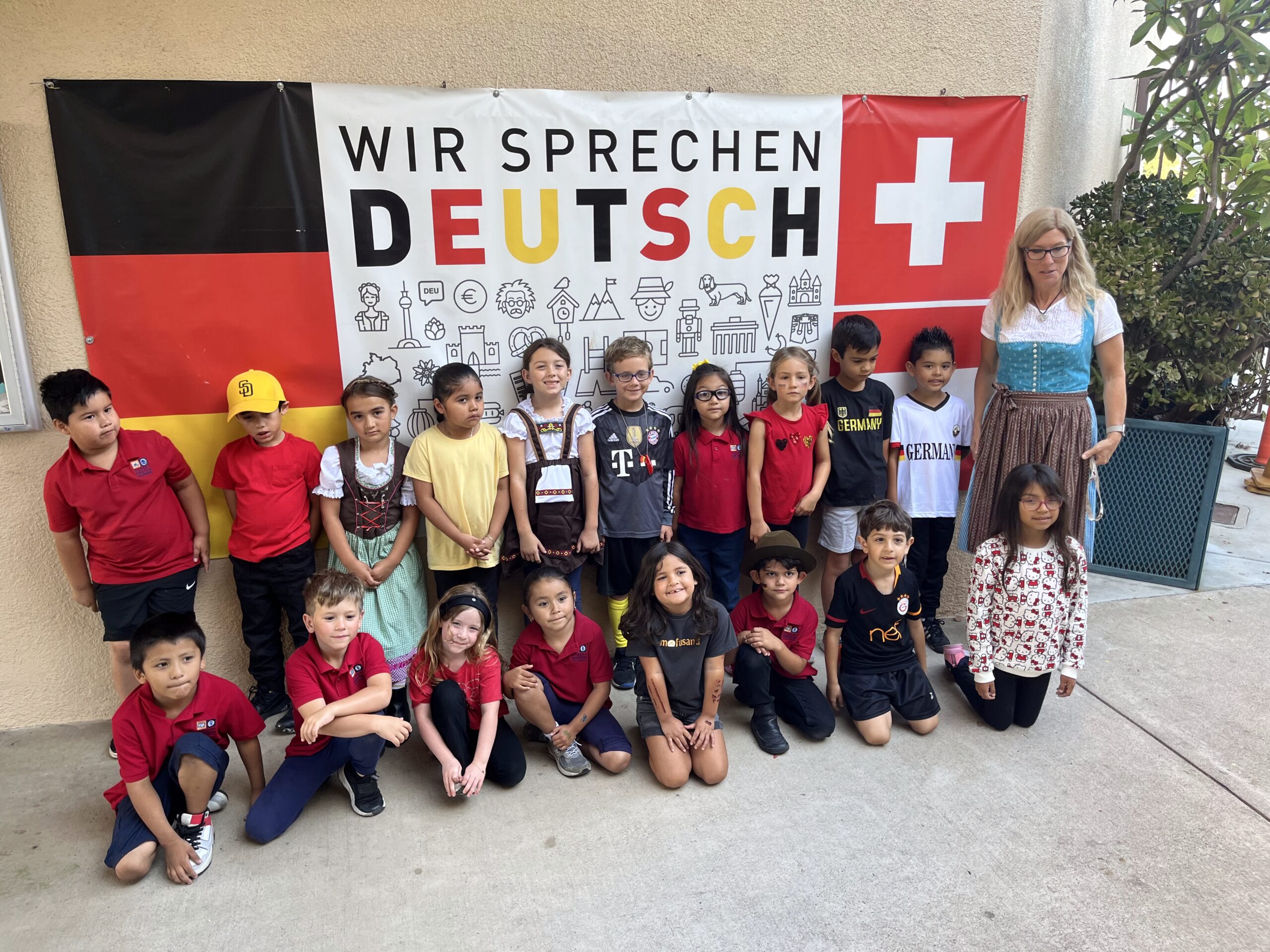
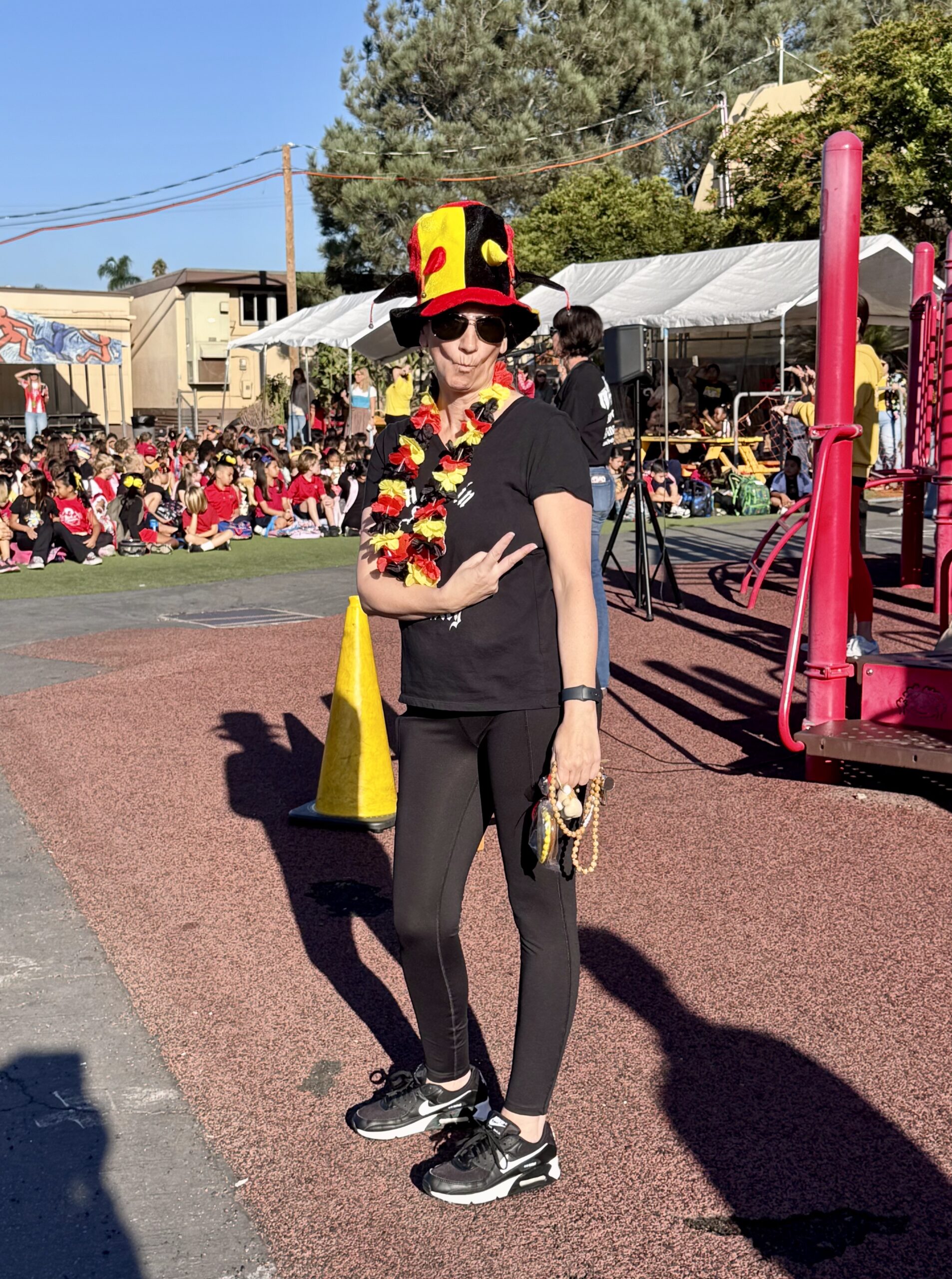
Celebrating German Culture
At AEA, we proudly celebrate German holidays and traditions as part of our language and cultural program. These celebrations give students the opportunity to experience German culture firsthand, while also fostering an appreciation for the richness of different customs. Sharing and learning about traditions not only deepens language skills, but also helps our students value diversity and understand the importance of global connections.
